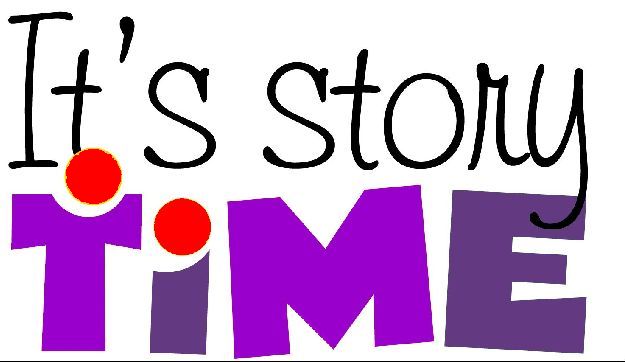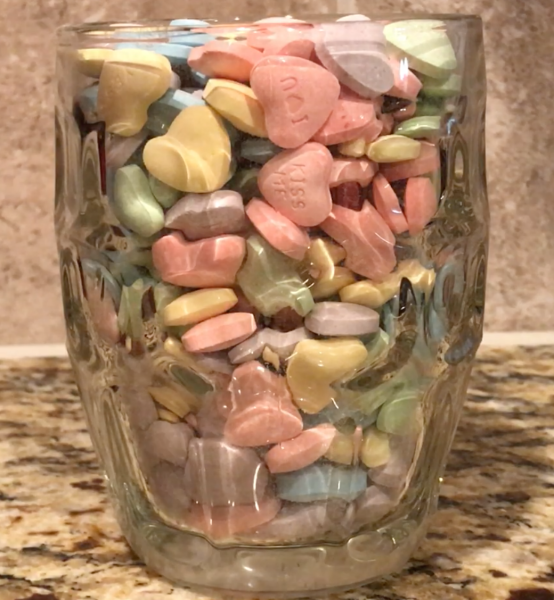So there’s this thing going around about algorithms being a bad.
They’re not. What’s bad is when students learn an algorithm – any algorithm from anyone – without making sense of it on their own.
Enter (what is considered by some) the buzz word: “Strategy” (Guess what, the strategies being taught now are all algorithms).
I often hear teachers talking about teaching students several different strategies for (insert operation here). Good, right?
Not so much. Here’s the thing. If teachers teach all of these different strategies, without student understanding at the forefront, they may as well teach the standard algorithm. The worst part here is that students can actually be worse off being taught these multiple strategies without understanding than one algorithm without understanding.

Essentially, students are being force-fed strategies (aka algorithms) that they don’t understand and they feel like they need to memorize all of these steps for all of these strategies. We’re going down the wrong path here. Our destination was right, but we took a wrong turn somewhere.
It’s time to stop the madness!
How? you ask.
Let me tell you a story…

Back in early fall 2007, when I was still a toddler of a math coach, my beautiful wife’s grandmother passed away and the whole family went to her school on the weekend to help her get some lessons together for the few days she would be out. Truthfully, I was the only one helping since the kids were 7 and 4 at the time. Kim gave me jobs to do and I did them with precision and efficiency. One of the tasks she gave me was to make a 18 copies of a few tasks for her students to complete during her absence.
To help her out, I took my son, Connor (the second grader), with me to the copy room so she’d only have 1 child to keep track of while she was trying to work. When we got to the teacher work room, Connor watched as I placed the small stack of papers on the copy machine tray, typed in the number of copies (18) needed and then hit the copy button. Within seconds he asked me (in the most exasperated voice he could muster) “How many copies is that going to make?”
I swear, when things like this happen, mathematicians in heaven play harmonious chords on harps using ratios. I hear them and respond accordingly. This time, I brought Connor over to the copy machine screen and showed him the numbers.
Me: “Do you see that 5 right there? That’s how many papers, the copy machine counted, and that 18 right there? That’s how many copies of each piece of paper I asked the copy machine to make.”
Connor: “Oh…”
Commercial break: I didn’t really expect much more than an estimate. This was September and Connor was a second grader. He may have heard the word multiplication, but likely didn’t know what it meant.
And we’re back! His eyes looked up as he thought about this briefly and within seconds of his utterance of “Oh,” he said in a thinking kind of voice, “50…..”
Now, I’m not one to interrupt a student’s thought process – I work with teachers to keep them from doing it. I actually remember having a mental argument with myself about whether I should ask him a question. I was so excited in this moment, I couldn’t help myself. I asked (with as much calm as I could), “Where did you get 50?”
I kid you not, he replied by pulling me over to the screen on the copier and said, “You see that 1 right there (in the 18), that’s a ten. And 5 tens is 50.”
I could hardly contain myself. Naturally, since I had already interrupted him, I asked what he was going to do next. I was floored when he said that he didn’t know how to do five eights. I was floored because he knew how to multiply a 2 digit number, he just lacked the tools to do so. In the context of this copy machine excursion, Connor made sense of the problem, reasoned quantitatively, showed a good degree of precision, and I’m sure if he had some tools, he would’ve come to a solution within minutes.
As we left the teacher work room, with copies in hand, I asked him to think about it for a bit and see what he could come up with. When we got back to my wife’s room, I told her all about it. When I got to the part where he didn’t know how to do five eights, I called across the room to him and asked him if he figured out what five eights was. As he said, “No.” he paused and thought for a few seconds and said, “Can I do 8 fives? ‘Cause that’s 40.” Before I could ask him (thank God), “What about the other 50?” He said, “40…50…90!”
This second grade boy (My Son!) who had never been taught multiplication, what it means, or any algorithm for it, created a strategy for finding a solution to a contextual problem that most of us would solve using multiplication. He came up with the strategy. It was based on his understanding of number and place value and he created it. These are the strategies students need to use — the ones they develop.
I’ve told this story at least 50 times (I’ve even told it to myself while on the road). Afterward, I often challenge teachers to take their students to the copy machine and watch this play out for themselves. Some pushback does come out occasionally with comments like these (my responses follow each):
- That’s because he’s probably gifted. He is, but that’s not a reason to not do this with any group of kids. Every student can and will do this when presented with contextual problems and access to familiar tools and where teaching through problem solving is the norm.
- You probably worked with him on multiplication tables. Yes, and no. When Kim was pregnant with Connor and on the sonogram table with a full bladder, I leaned close to her stomach and started reciting multiplication facts to make her laugh (I’m cruel for a laugh sometimes) Other than the 4 or 5 facts I quickly rattled off that afternoon, I’ve never recited them since. I doubt that did much, if anything, for his math achievement.
- You must work with him a lot with math. Not really! Other than natural math wonders that have piqued my kids’ interests and sparked some discussion, no. Questions they’ve had, like – “Dad, how many tickets do you think I have in this Dave & Busters cup?” are all we’ve spent any amount of quality time on. That and puzzles.
So, when it comes to strategy building, it all has to begin at the student level of understanding. The best way to do that is to let students develop their own strategies, share them with each other, and build more powerful understanding from there. Then, if they do get “taught” a standard algorithm somewhere down the road, it has a better chance of making sense.














